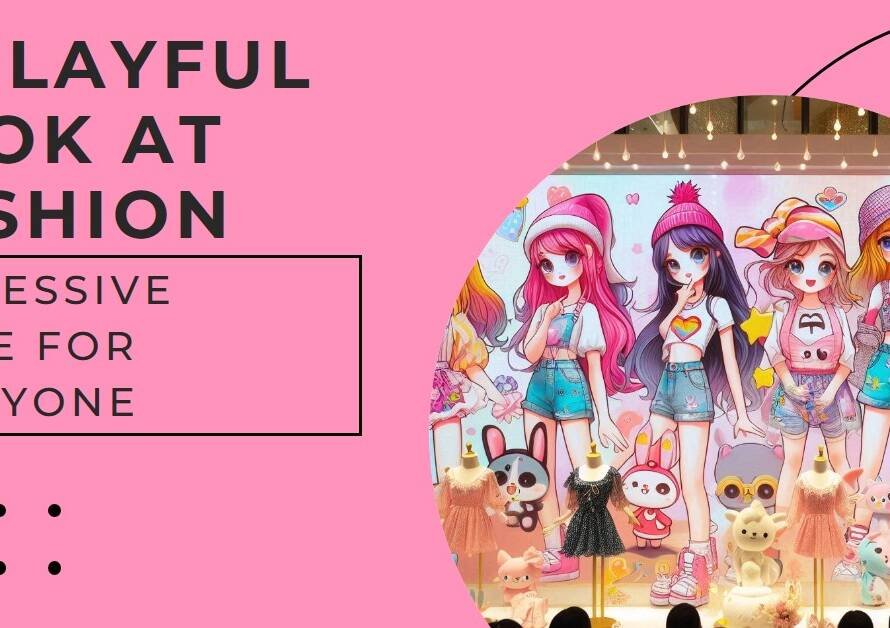
Table of Contents
1. Introduction: Embracing Sustainability in Design
Eco Conscious Creativity How 3D Artists Drive Sustainability In Outdoor Furniture Industry , In recent years, the outdoor furniture industry has witnessed a significant shift towards sustainability, driven by environmental concerns and consumer demand for eco-friendly products. This shift has led to innovative approaches in design, materials sourcing, manufacturing processes, and marketing strategies. One key player in this transformative journey is the collaboration between 3D artists and industry stakeholders, showcasing how creative minds can drive sustainability initiatives.
2. The Role of 3D Artists in Sustainable Design
3D artists bring a unique blend of creativity and technical skills to the table, allowing them to visualize sustainable design concepts effectively. They work closely with designers, engineers, and manufacturers to translate sustainability principles into visually appealing and functional outdoor furniture designs. By utilizing advanced software tools, artists can create realistic renderings that showcase sustainable materials, ergonomic designs, and innovative features, thereby aligning aesthetics with eco-consciousness.
3. Sustainable Materials Exploration and Visualization
One of the primary challenges in sustainable design is the selection and integration of eco-friendly materials. 3D artists play a crucial role in exploring and visualizing a wide range of sustainable materials such as reclaimed wood, recycled plastics, organic fabrics, and eco-certified metals. Through detailed renderings and simulations, artists can demonstrate how these materials look and perform in various outdoor furniture designs, helping stakeholders make informed decisions regarding material choices and aesthetics.
4. Virtual Prototyping and Iterative Design Processes
Traditionally, physical prototyping in the furniture industry consumes resources and time. However, with the advent of virtual prototyping facilitated by 3D artists, designers and manufacturers can streamline the design process while reducing waste. Artists use advanced modeling software to create virtual prototypes, allowing for quick iterations, ergonomic evaluations, and design refinements. This iterative approach not only saves time and resources but also encourages sustainable design practices by minimizing material waste associated with physical prototyping.
5. Visualizing Sustainable Practices Across the Supply Chain
Sustainability in the outdoor furniture industry extends beyond product design to encompass entire supply chains. 3D artists collaborate with stakeholders to visualize sustainable practices across sourcing, manufacturing, packaging, and distribution stages. Visual representations of eco-friendly production processes, energy-efficient manufacturing technologies, and responsible waste management strategies help convey a brand’s commitment to sustainability to consumers and stakeholders alike.
6. Communicating Sustainable Value Through Visual Storytelling
In today’s digital age, compelling visual storytelling plays a crucial role in conveying brand values and product benefits. 3D artists contribute to this narrative by creating immersive visual experiences that highlight the sustainable features and benefits of outdoor furniture products. From interactive 3D tours showcasing eco-friendly materials to animated infographics depicting lifecycle analyses and environmental footprints, artists leverage their skills to communicate complex sustainability concepts in engaging and accessible ways.
7. Collaborative Design Thinking for Sustainable Innovation
Collaboration is key to driving sustainable innovation in the outdoor furniture industry. 3D artists actively participate in cross-functional teams that include designers, engineers, sustainability experts, and marketing professionals. This collaborative approach fosters creative solutions to sustainability challenges, encourages knowledge sharing, and ensures that sustainability remains a core consideration throughout the product development lifecycle.
8. Embracing Circular Design Principles
Circular design principles, such as durability, reparability, recyclability, and resource efficiency, are integral to sustainable product design. 3D artists contribute to circular design initiatives by visualizing product lifecycles, disassembly processes, and material recycling loops. By highlighting these aspects through visualizations, artists promote circular economy practices within the outdoor furniture industry, promoting long-term sustainability goals.
9. Addressing Challenges and Driving Innovation
Despite the progress in sustainable design, challenges such as cost constraints, technological limitations, and market demands for rapid innovation persist. 3D artists play a vital role in addressing these challenges by leveraging their skills to find innovative solutions. Whether it’s optimizing material usage through parametric modeling, simulating real-world environmental impacts, or experimenting with biodegradable materials, artists continuously push boundaries to drive sustainable innovation in outdoor furniture design.
10. Conclusion: Empowering Sustainable Futures


In conclusion, the collaboration between 3D artists and the outdoor furniture industry exemplifies a paradigm shift towards eco-conscious creativity and sustainable design practices. By harnessing digital tools, visualization techniques, and collaborative design thinking, artists contribute significantly to shaping a more sustainable future for outdoor living spaces. Their ability to bridge creativity with environmental consciousness not only enhances product aesthetics but also promotes responsible consumption and production patterns, paving the way for a greener and more sustainable industry landscape.



